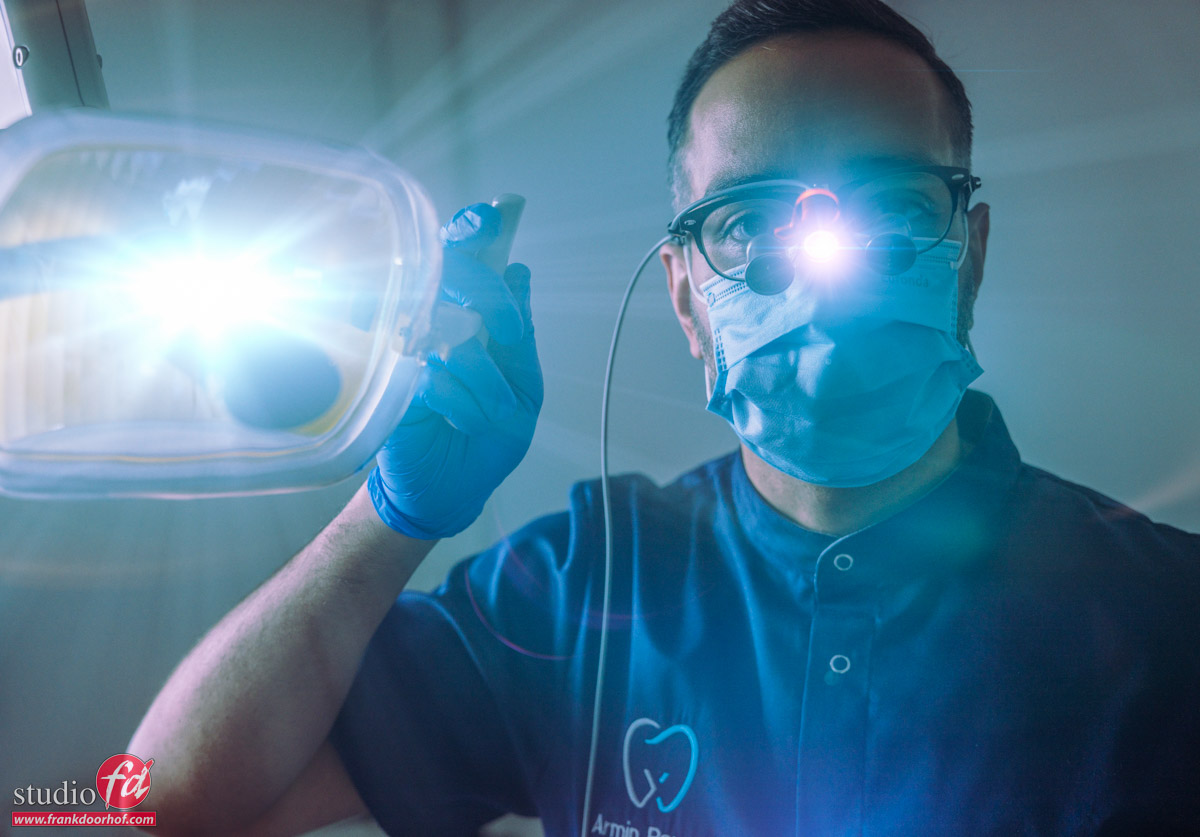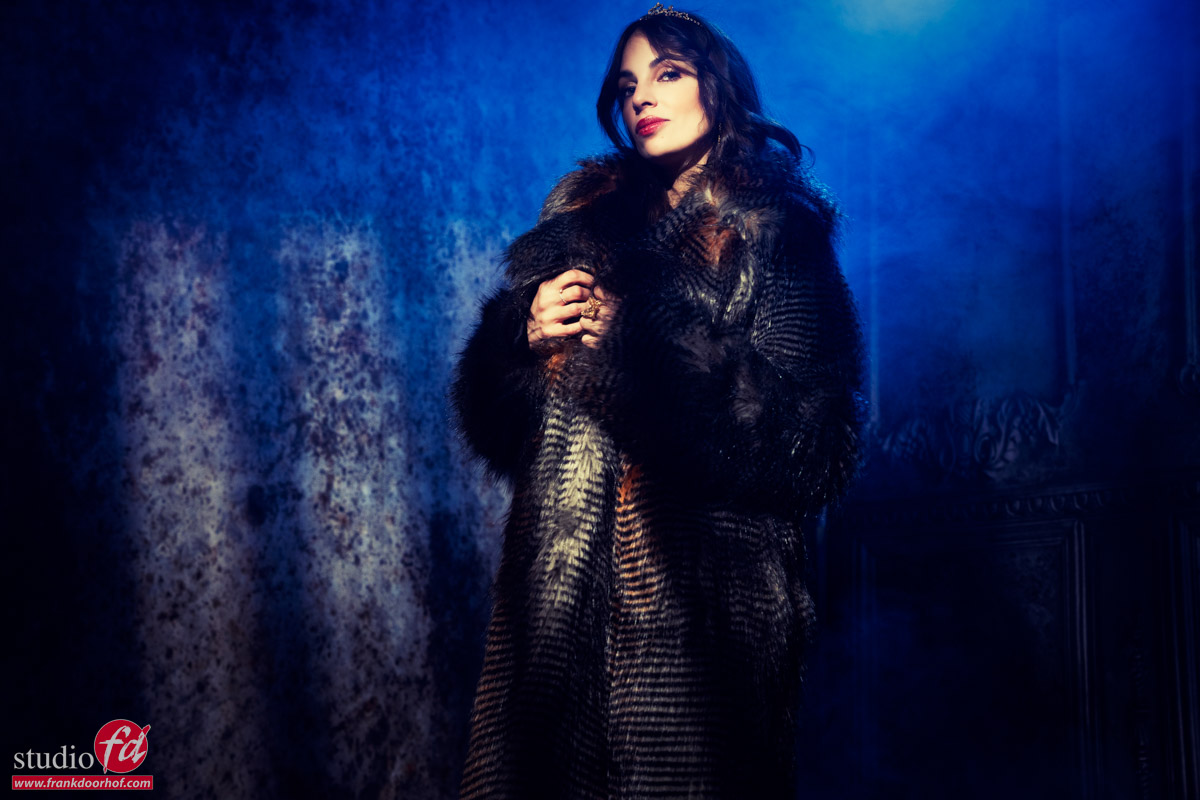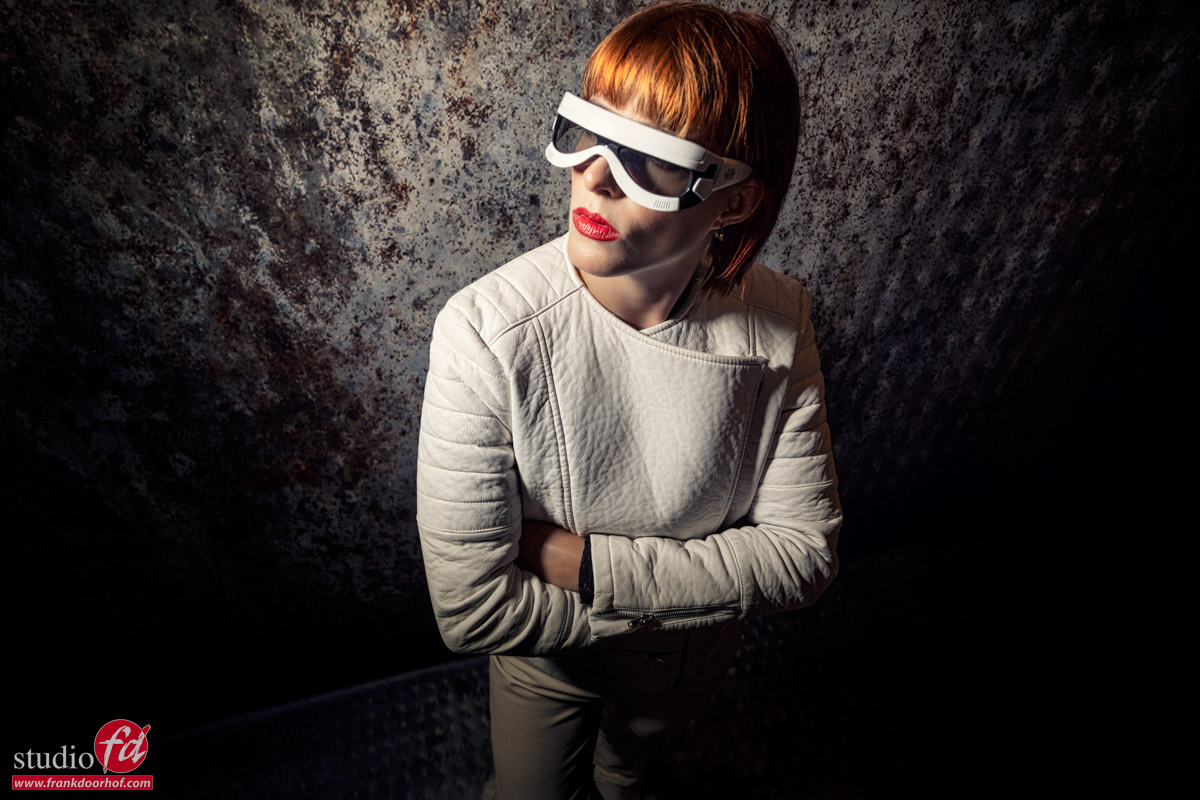How I approach a business shoot
Dentists “kruispunt”
Most of the work I post is from our workshops model photography or street/travel photography.
But we do a lot more of course, including business shoots.
Today I want to share some tips on how I approach our clients and why we score the shoots.
The first thing I always do is know my client.
When a client approaches us I always try to find out what kind of company they are, how do they work together, what is the team like and of course what do they want to have as an imago. One of the questions I try to avoid is “what do you look for?”
In most cases this is why you/we are hired, to create something where the client will recognise themselves in.
In our first conversation I often already have some ideas I bounce off to the client, and during that conversation you will find out that the client will open up a lot more and share much more information when you pay attention than you would ever get by just asking “what do you want?”. In this case it was immediately clear this is a very modern practice with people that love to work together and is a real team.
Before the “real shoot” I always try to visit the location to look around and see if we need extra lighting or other gear, and if somethings need to be moved or removed. This is a vital part of a successful business shoot because although your client might be comfortable in front of your camera, often the people working there have other opinions when a stranger just points a camera in their faces. So that first visit before the shoot is vital to get to know the people, joke around a bit and make yourself known, this will not only speed up the real shoot but also give you a huge headstart because now everyone knows what’s going to happen, and if you make it fun they will mirror this.
Standard, or not
This client was the kind I love the most, they didn’t want to use any stock photography. Every shot had to be unique for their practice and the people that work there. But they also wanted unique images for their service/pages fitting the subject. So I started with shooting some close ups of the tools and rooms, and most shoots will probably stop there because that would be exactly what they needed. But if you really want your clients to come back you have to deliver much more. And in this case I knew they were very involved with patients that were afraid of the dentist.
“When we have a patient that is afraid, we always ask our receptionist to hold her/his hand, this really calms them down”
So I knew that one of the images for the page about fear, would have to show this.

But we also wanted some images that were a bit more tongue in cheek and different.
So for one image I decided to put away my fear and sit in the chair with a 12mm wide angle.

But we didn’t stop there.
They also work a lot with kids so we decided we needed some images that showed the dentist as a fun person and is nothing to be afraid off.
The actually used a puppet to show how to brush your teeth and of course this was the perfect prop. The only problem was that it’s a slightly older puppet and the teeth were all yellow, but although I’m not a dentist this was something I could easily fix in Photoshop.
By using the wide angle I got the effect I wanted.

And for the page prosthetics I could not resist to also make a funny looking shot.

Do remember that the images in this blog are the more funny, extreme ones.
For me during a business shoot I always try to shoot as much “stock like” images as possible from different angles and depth of field settings. You never know what works best in the design of a website, so also experiment with the angle and flow of your images. By giving your client different angles and directions in your images you never have to say to your client “sorry we did not shoot that”.
But besides these “stock” photos I always feel it’s important to capture the essence of the brand/company/client. And this is were you start to use the information you gathered about the company.
In this case I knew they were dynamic and modern and in for some fun. So this is why at the end of the session we did one more shot.
This one will probably not end up on the website but it can function as an awesome sociale media headshot 😀


During a business shoot I shoot a lot of images that are usable for websites and show tools and rooms, but to get the ones that really capture the essence of a business/client you have to know them. So always take your time and don’t do the shoot as a photographer but as a friend, it will hugely impact your business.
For business shoots and much more visit www.studiofd.nl

























You must be logged in to post a comment.